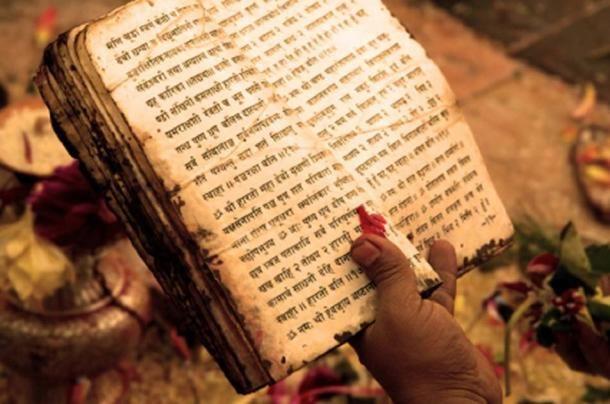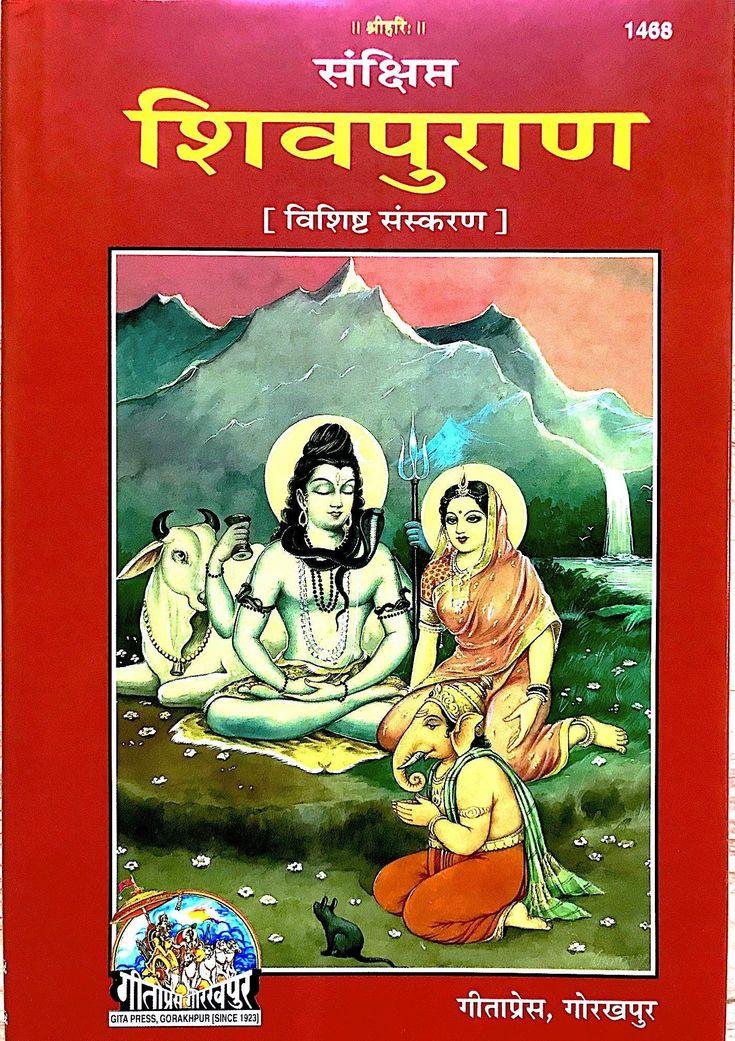- This topic has 0 replies, 1 voice, and was last updated by .
-
AuthorPosts
-
November 23, 2023 at 8:26 pm #1577Up::1
Sanatan Dharma which originated from the vedas has now changed adversely after going through the period that saw the origin of upanishads and puranas. Not any other religion has gone through these drastic changes, or maybe it’s because of their age. Most of the religions are just a couple of millennia old and here Sanatan Dharma is thousands of years old. So, it is obvious to change this much.
Western Influence
Western influence has had a significant impact on Sanatan Dharma over the centuries. This influence has been both positive and negative, and it has led to a number of changes in the way that Sanatan Dharma is practiced and understood. One of the most significant impacts of Western influence on Sanatan Dharma has been the introduction of new ideas about religion and spirituality. These ideas have challenged traditional Hindu beliefs and practices, and they have led to a more diverse and open understanding of Sanatan Dharma.Another major impact of Western influence has been the modernization of Sanatan Dharma. This has led to the adoption of new technologies and practices, as well as a more critical approach to the interpretation of Hindu scriptures.
Overall, Western influence has been a mixed bag for Sanatan Dharma. It has led to both positive and negative changes, and it has forced Hindus to adapt their faith to a changing world
This western influence also led to the demolition of some of the harsh practices that existed in the sanatan dharma. Like sati and child marriage. Before the coming of western thought in India the spirit of questioning the authority was completely demolished. After the western influence that questioning spirit came again in the practice and gave people their answers.
Glory of Pilgrimage
The western school of philosophy does not accept the glory of pilgrimage that much. According to the christian text anyone can attain heaven either in his home or in a pilgrimage or in the church, there is no difference in them until you are going on the right path.These types of thoughts flooded the minds of people during western influence and then people started taking the glory of temples and pilgrimages very leniently.
Role of women
Because of the western and mughal invaders the majestic role of women in society degraded drastically. In the early times people used to celebrate the menarche of their daughters, it was the tradition and even in today’s India where mughal influence was not that good. This practice is still in their tradition like the places like north west and south India.It was the time of mughal when women were forced to cover their faces with Ghunghat. And just like the muslim women their opinion was not respected unless they held the position of the queen.
Literature
Sanatan Dharma which followed vedas at the point of time now became very different. The vedas were introduced at first because they are centered in uplifting the class of humanity from a cave man to a civilized being. The philosophy which was told to people at that time was about the nature gods like Vayu, Agni, Indra, Varuna and many more. Because the compilers of vedas wanted a being to know, which earth he is the part of. In vedic period there were huge Yajna practices, to tell people about the significance of fire in worshiping god. Some of the Yajnas were sacrificial in which something like a goat, buffalo or a horse was sacrificed.But the introduction to Upnishads changed that ritual centric approach to a philosophy centric approach. Too many saints of that time like one of them was Rishi Kanad the one who proposed the theory of gravity and atomic structure in the upanishads. Not only this but one the most unexplained theory like Quantum theory exists in our upanishads. Unlike vedas, Upnishads talks about the supreme god, who is above all.

These literatures also changed the perspective of people from nature gods to supreme god. FINDING OF THESE THEORIES WAS NOT THE MEANING OF VEDAS. But vedas gave them a holistic approach towards nature, that opened their mind to their surroundings, and the type of literature these Rishis gave ended up changing people from Ritualistic to Philosophical knowledge.
Today in some manner we are following some rituals told by vedas, but not entirely. The hinduism practiced today is more puranic centered in which we use to celebrate the chronicles of Lord Rama and Krishna and Shiva. And even now we use to recite the stories which were told to us by the puranas, which are very bhakti oriented. Which teaches us how to love God and what deeds he did in the past, which helps us get connected with the lord we worship.
But in the vedas and upanishads this love towards god was never introduced to people; there was just philosophy that molded today’s culture in some way or the other.

The worshiping practices are also changed because of the literary expansion of scriptures by the modern Rishis and Yogis. And each one of them tries to manipulate the meaning of scripture according to their sect.
Printing
Before the introduction of printing there was the lack of widespread literature reading. People used to write the scriptures from their hands, recited them, learned them to spread further. There are also stories of the saints that covered miles just to get the right copy of the scripture so they can write it down and create more copies of that. This revolution in printing helped hinduism to spread the knowledge to hindus and to non-hindus as well.This availability of the variety of knowledge led to the misinterpretation of scriptures. Most of the so-called saints tried to spread the wrong meaning of scriptures through their own printings. These saints kept people away from the god and actual spirituality.

This revolution in printing made people question their own religion because they try to read it by themselves but not according to the right guru of that particular god of which the scripture is associated. The right type of saints who really are god conscious can tell you about the right meaning and can erase your each and every query. This practice is polar opposite of the practice followed in the past, when people always used to take the shelter of the guru because of the limited copies of scriptures.
Humane Nature
In any religion the nature of its practitioner is important as well. Like it is said above that most of the Yajnas were sacrificial. But today in how many Yajnas sacrifice is given. Because of the Humane nature of us. Today’s Sanatan dharmic practitioners are much more heartful towards animals and they thought that sacrificing them in the name of a material Yajna is not necessary.Let’s take the example of the Shakta sect, because for the worship of devi, the goat, buffalo, pig and horse got sacrificed. Otherwise your worship will not be accepted by the modernisation of hinduism, we start taking animal’s life more seriously than our rituals. So, on the place of that most of the Shakta followers use heads like fruits and vegetables in place of actual animals.
Rotating it around our head for 3-7 times resembles the round we use to take around the animal before sacrificing. The cutting of the pumpkin and crushing the coconut in just one go resembles the cutting of the head in just a blow so it could not feel that much pain.
Here the modernisation of thinking about the animal changed the practices related to it.
Conclusion
Sanatan Dharma is an ever evolving religion, because it is the way of life and according to the times and places we need to adapt different practices. This ever evolving nature is a key beauty feature of sanatan dharma.Even the essence of vedas the Bhagwad geeta explains“Dehino asmin yathaa dehe koumaaram youvanam jaraa
Tathaa dehaantara praaptihi dheeras tatra na muhyati.”
In this sloka Krishna explains how the material body is an ever changing entity. Same thing can be applied to this material world. We start like a child and carry on with life by changing.
-
AuthorPosts
- You must be logged in to reply to this topic.